kimono crafting
Kimono Crafting: What is the Process?

Devon Lord-Moncrief
Posted on September 25, 2024
Share:
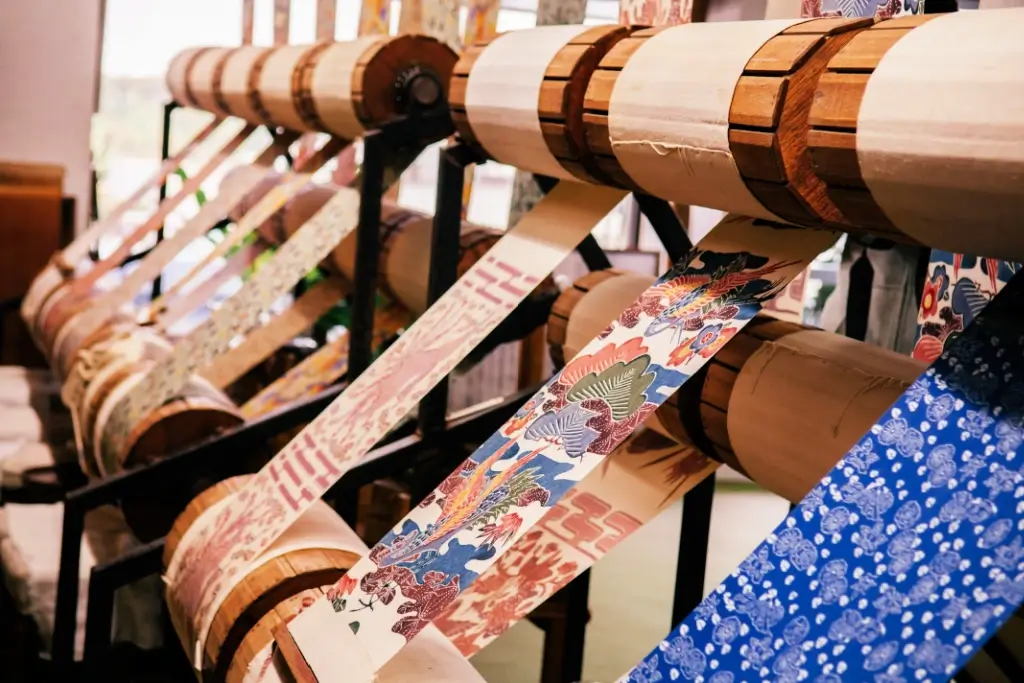
Of all the styles and articles of clothing to come from Japan, none are as iconic as the kimono. Japan’s national dress is simple yet elegant. It is ideal for formal or informal occasions. Over the centuries, kimono crafting has undergone several changes regarding its technique.
Today, though, the kimono is a popular and versatile article of clothing that is perfect for many different occasions throughout the year. For those who have always wondered how this iconic dress is made, this article is for you!
What is a kimono?
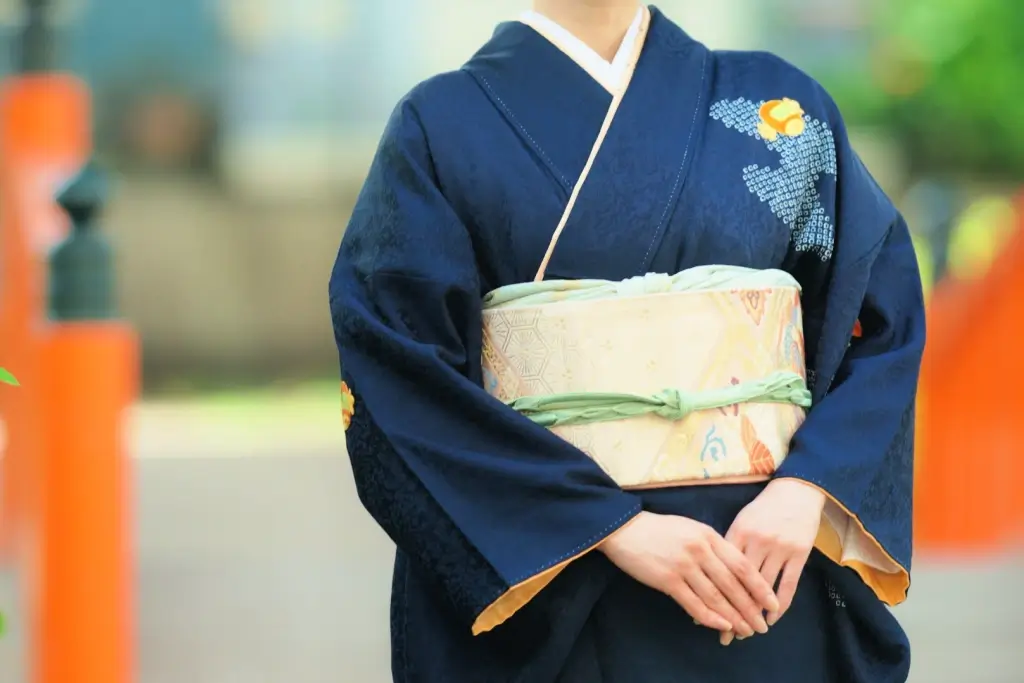
A kimono is a traditional robe that people wear in Japan. Its key characteristics are its long sleeves, multiple layers, and cultural significance. In its simplest form, they are a loose-fitting sleeved robe perfect for warm outdoor activities. At its best, it is a delicate and intricate work of art that is breathtaking and wondrous. Today, people usually wear them as formal attire for various celebrations and important events, but they can also be worn casually (though that’s a bit less common.)
What was the first kimono?
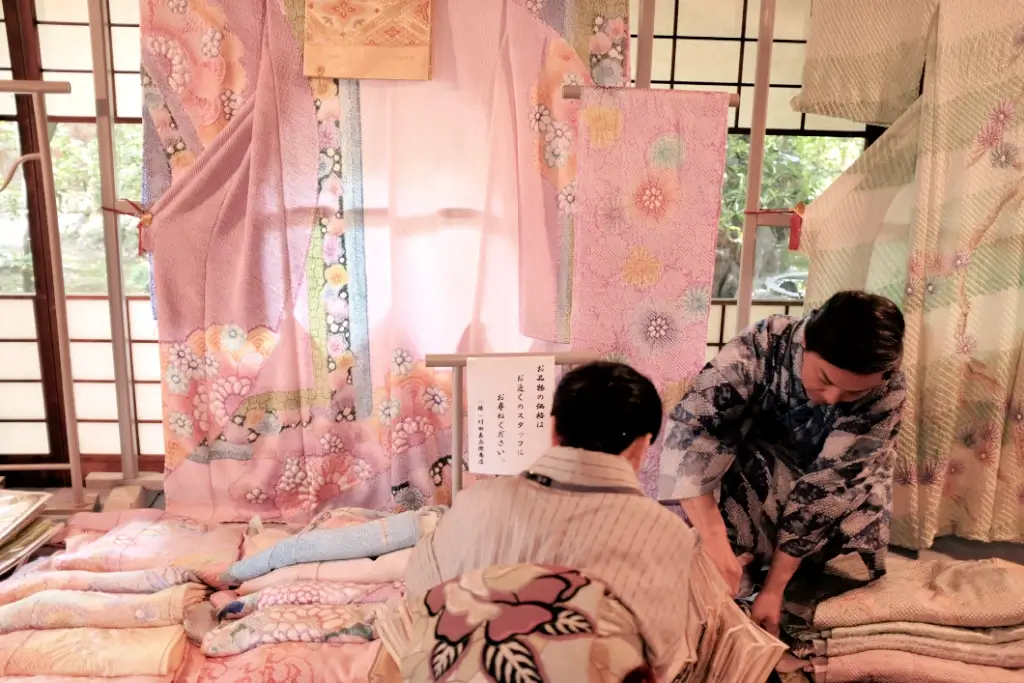
The first kimono was a by-product of the international trade between Japan and China many centuries ago, during the Kofun period from 300-538 CE. Chinese attire heavily inspired these articles of clothing. In 718, the government enacted the Yoro clothing code, which mandated that people fold all kimonos from left to right. During the Heian period from 794-1600 CE, authorities implemented many different policies and edicts that altered how people wore kimonos and how craftsmen could construct them. Since the Edo period from 1603 to 1867, kimonos have largely maintained the same appearance and wearing style.
How do artisans make them?
Many kimono’s are still made by hand today, and the very finest are no exception. While it is possible to make them with a machine, traditional hand sewing them is the best route for the most classic touch in the construction. Machines cannot perform the finer motions required to construct the dresses.
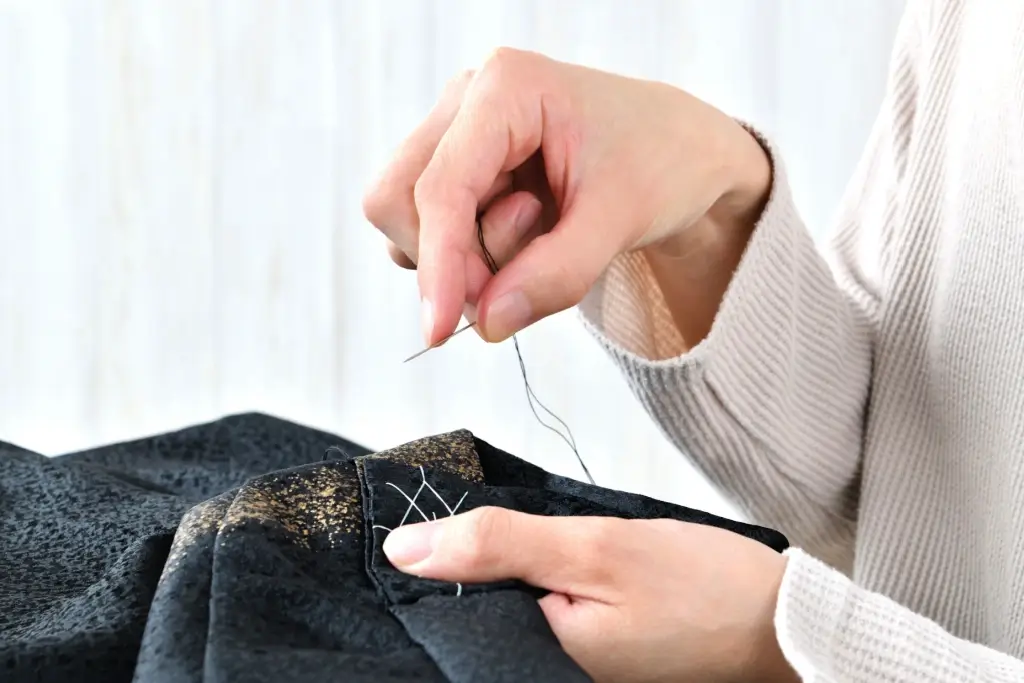
First, the fabric is chosen for the kimono. This is important, as the entire dress will be made from this single material. Next, the material is measured into a bolt, typically 14 inches by 36 feet. This bolt is then cut into the appropriate sections for sleeves and other dress segments. The bulk of the construction requires the seamstress to utilize back and running stitches to assemble the dress.
After the central piece is sewn together, the collar and sleeves are crafted and attached. The last segment to be created is the obi, or the large sash worn across the midsection. Finally, finishing touches such as embroideries, edges, and lining are touched. And that’s it!
Are you looking for amazing Japanese snacks to enjoy? Check out Sakuraco! Sakuraco delivers traditional Japanese snacks, teas, and sweets from local Japanese makers directly to your door so you can enjoy the latest treats directly from Japan!
Do they use materials besides silk?
Kimonos traditionally use silk, but other materials are common as well. Hemp is popular for casual attire because of its texture, similar to linen. More modern materials, such as polyester, wool, and cotton, may also be used, but not for high-end and traditional dresses.
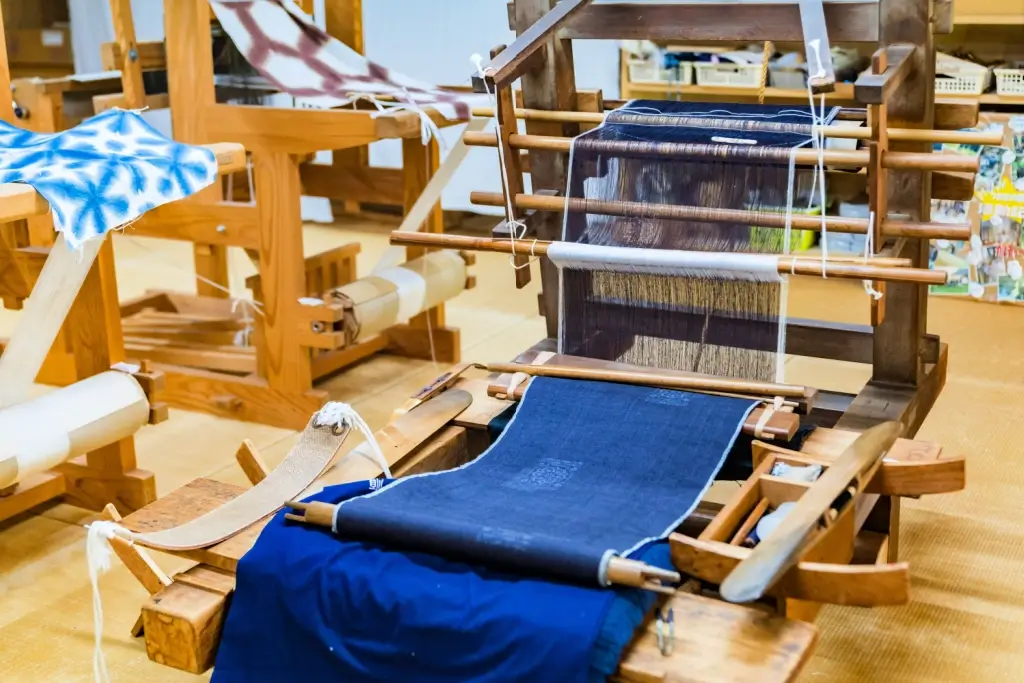
Can I make my own kimono?
Yes! It is 100% possible for you to make your kimono. Luckily, the internet has many resources for anyone to begin making their dresses. The best part is that these guides cater to expert seamstresses and novices, ensuring everyone can craft their outfits. There are guides for the simplest of robes and more challenging dresses, so you’ll undoubtedly be able to find what you’re looking for!
Why is kimono crafting important in Japanese culture?
Kimono crafting is important in Japanese culture because it is living history. The art of creating these outfits dates back millennia. It is impossible to calculate the kimono’s true cultural and historical significance. While people may not wear them as much as they once did in antiquity, they still do occasionally.
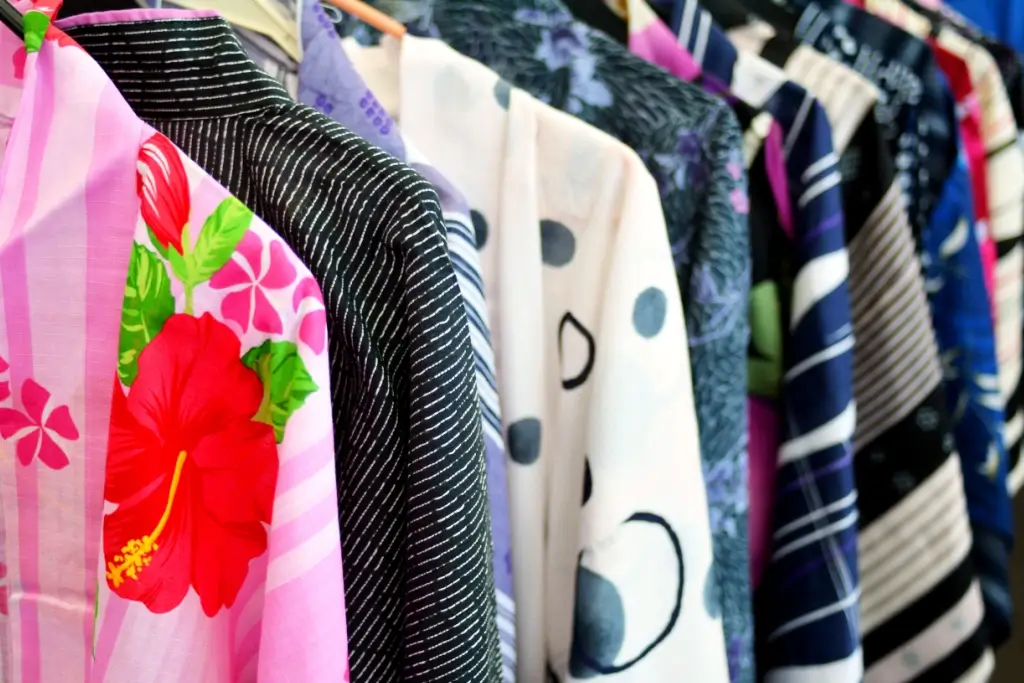
They are best for weddings, funerals, celebrations, and festivals. To continue learning how to create these dresses by hand keeps their ancient history alive and well today. They may look stunning and incredibly stylish, but the value of the kimono is more than just being fashionable: it’s about keeping Japan’s rich and colorful history alive. Do you know how to craft kimonos by hand? Have you ever worn one before? If so, when did you wear it? Please let us know in the comments below! We would love to hear about your awesome kimono crafting skills!

Discover authentic flavors with Sakuraco
Get Sakuraco 

Discover authentic flavors with Sakuraco
Get Sakuraco 
Related Articles
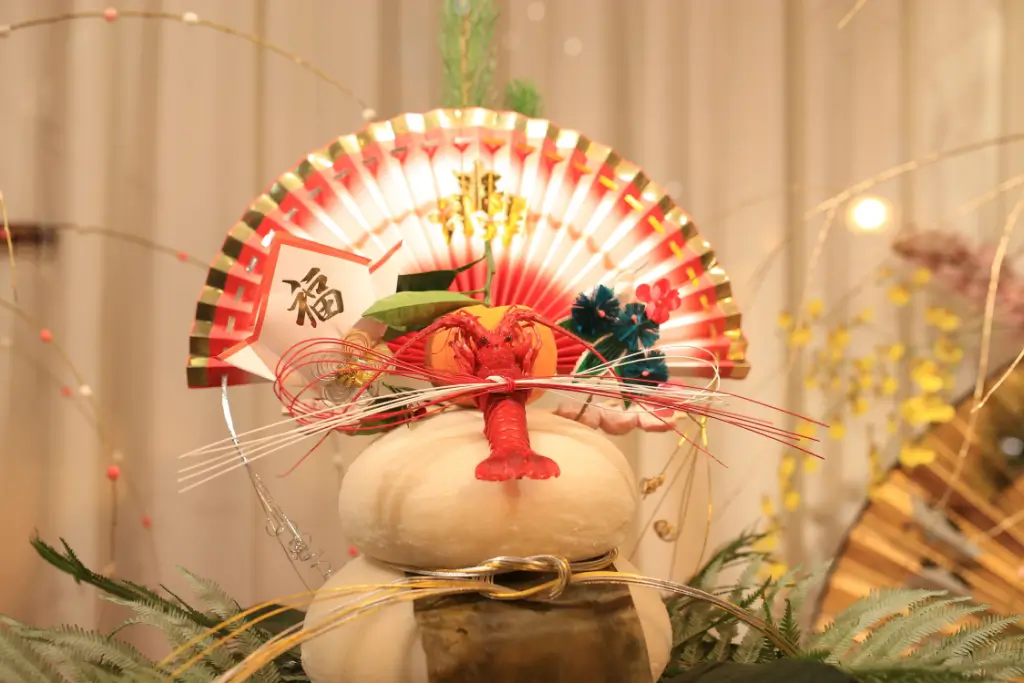
Toshigami and the New Year: How Shinto Welcomes a Sacred Visitor
In the Shinto tradition, Toshigami is the deity who arrives at the end of every year and remains through the New Year to bring blessings, a bountiful harvest, and good fortune. People in Japan honor Toshigami at the turn of the year with rituals, decorations, and special foods.

Japan in Winter: Why Are Illuminations Important?
Winter illuminations have become a tradition in Japan at the start of every Christmas season. Their sparkling brilliance chases away the cold of Japan in winter and encourages people to enjoy festive year-end activities. Let’s explore the origins and the amazing spots of winter illuminations in this beautiful country!

Behind the Camera with Rachel and Jun: Stories from Everyday Life in Japan
We had a lovely chat with Rachel and Jun about their story, from their early beginnings to how their videos continue to inspire people around the world. We’ve gathered and crafted their reflections into this special feature, so you can experience their story in a way that feels just like their videos: warm, genuine, and…
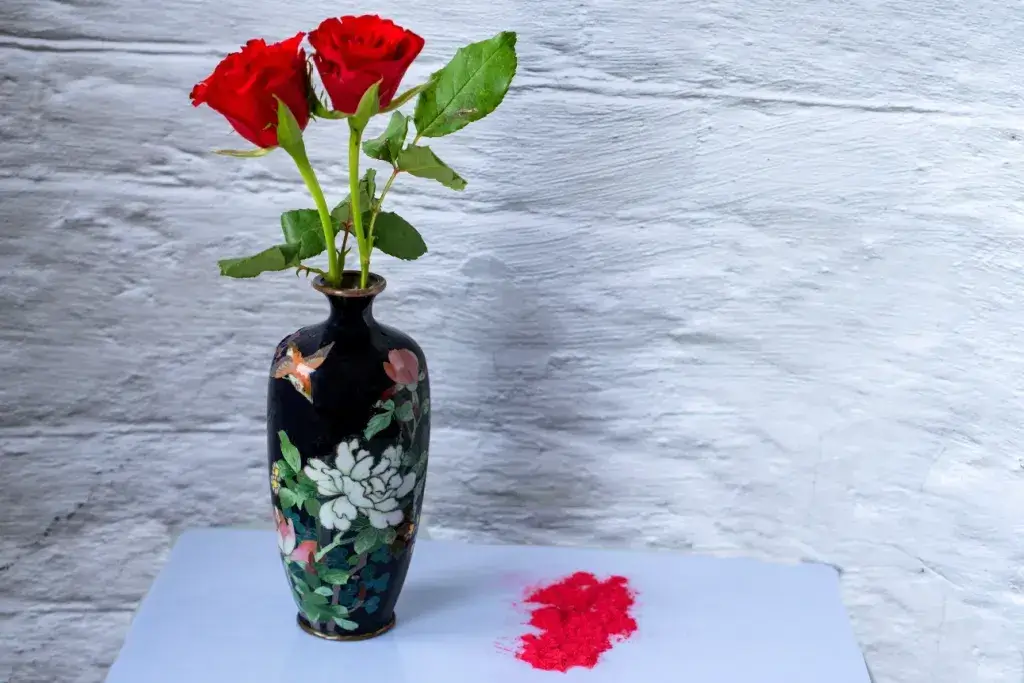
Japanese Ceramics: The Alluring Wares of Shippo Yaki
Imagine holding a small dish that glows as if sunlight is trapped inside it. This perfect example of Japanese ceramics resembles glass, with its colors deep and luminous, outlined with threads of silver. That’s the magic of shippo yaki.



